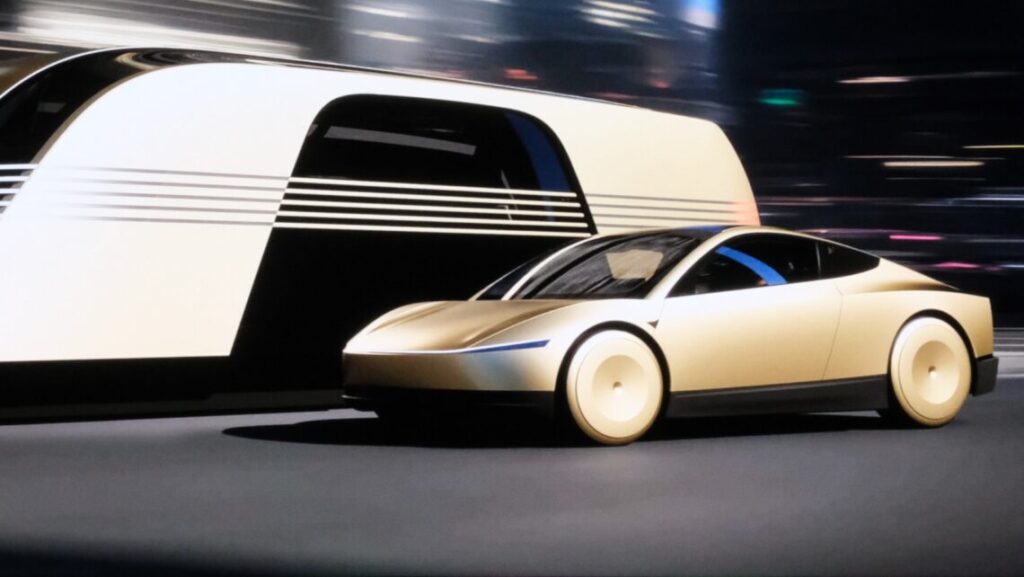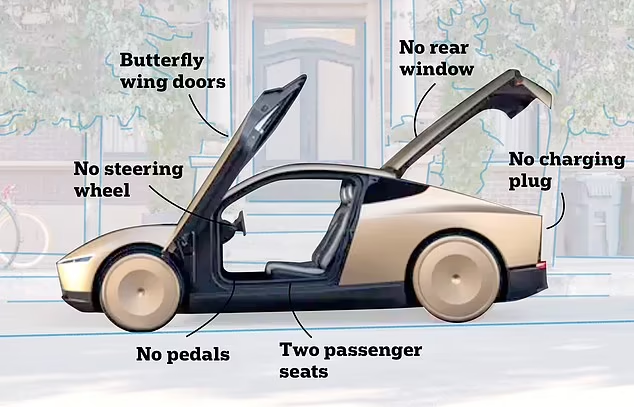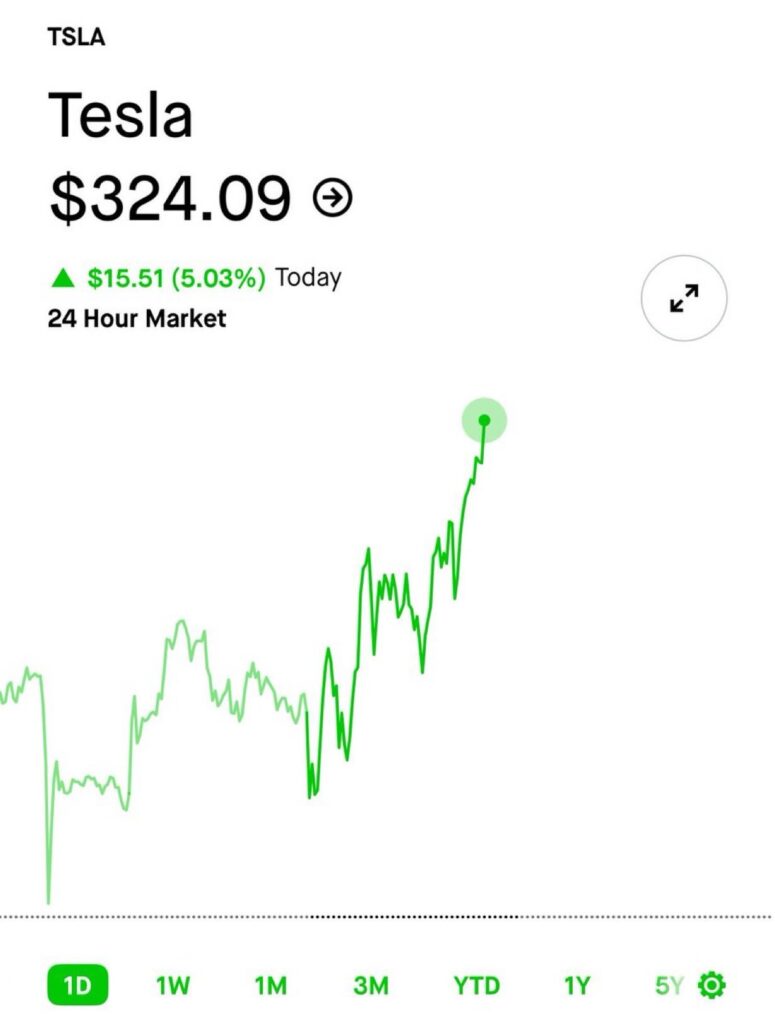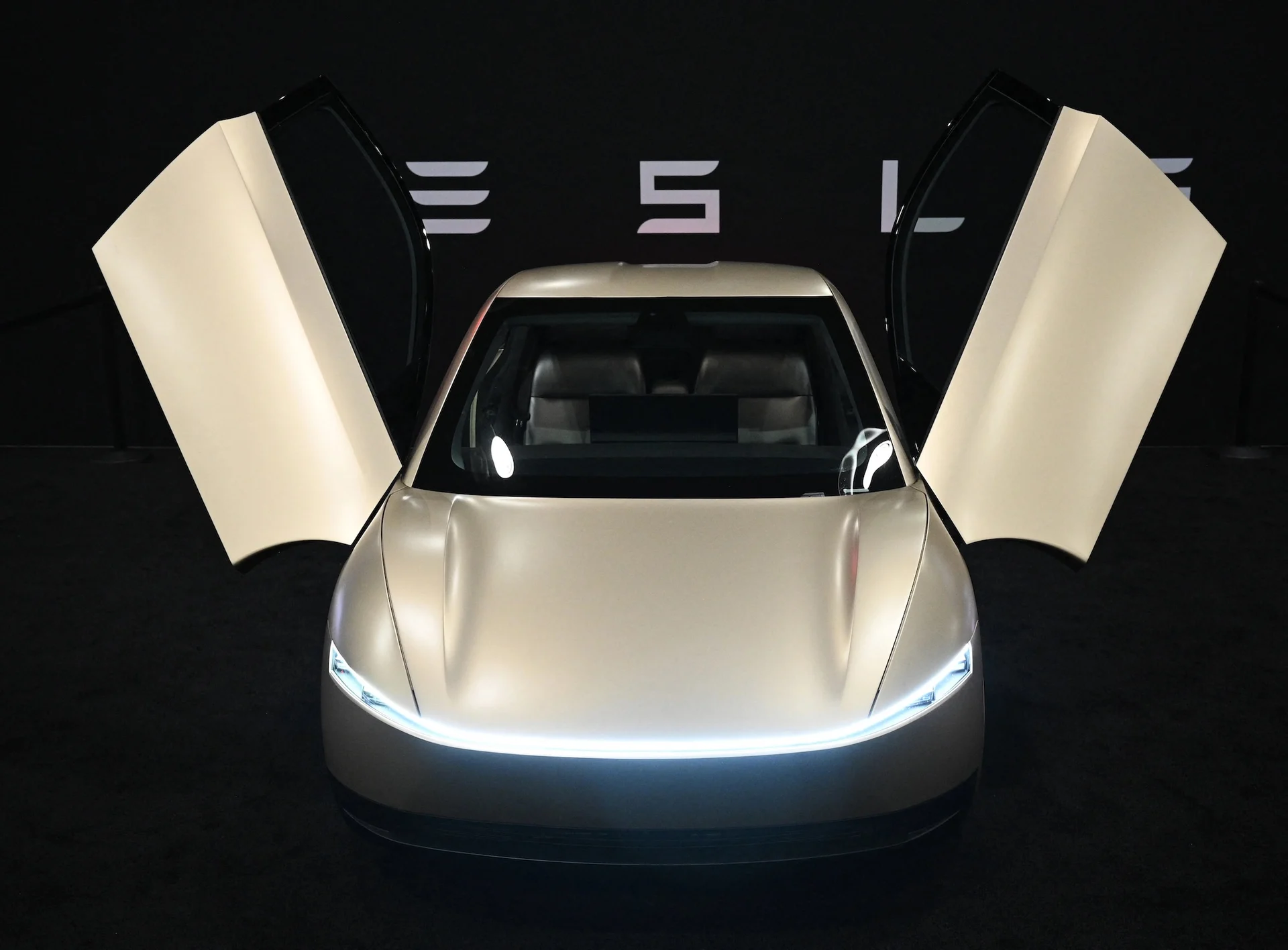Elon Musk has once again set the automotive and tech worlds abuzz. Tesla’s highly anticipated Robotaxi is tentatively scheduled for launch on June 22, 2025. This ambitious plan could disrupt ride-sharing, reshape urban mobility, and significantly influence Tesla’s business trajectory. But what exactly is the Robotaxi, and why does this launch matter so much? Let’s dive into the details, dissect the challenges, and explore the broader impact.
What is Tesla’s Robotaxi?
Tesla’s Robotaxi refers to a fully autonomous ride-hailing vehicle fleet powered by Tesla’s Full Self-Driving (FSD) software. The vision is simple yet groundbreaking: Tesla owners can add their cars to a shared Robotaxi network when they aren’t using them, generating income without any human driver involvement.
Unlike traditional ride-sharing services like Uber or Lyft, which rely on human drivers, the Tesla Robotaxi will operate independently. It leverages Tesla’s advanced suite of sensors, cameras, and neural network AI to navigate roads safely. Musk has described the Robotaxi as the “ultimate robot,” capable of ferrying passengers with minimal human intervention.
This launch marks a major step beyond Tesla’s existing Autopilot and Full Self-Driving Beta programs, pushing toward what Musk calls Level 5 autonomy—completely driverless, under all conditions.

Why June 22, 2025?
The Wall Street Journal recently reported Musk’s tentative announcement that Tesla plans to start rolling out the Robotaxi service in late June 2025. This date is significant as it reflects Musk’s confidence that Tesla’s FSD technology and regulatory approvals will reach maturity by then.
Tesla’s timeline for self-driving has historically been ambitious. Previous predictions about full autonomy faced delays, often due to technical challenges and regulatory hurdles. However, Tesla has accelerated software updates and expanded FSD Beta testing among customers, continuously gathering data to improve the system’s safety and reliability.
The mid-2025 timeline aligns with Tesla’s ongoing hardware improvements, including the latest version of its self-driving computer and sensor upgrades. This launch window also coincides with rising market expectations and investor pressure for Tesla to monetize its FSD tech.
How Does Tesla’s Robotaxi Work?
Tesla’s Robotaxi system revolves around three key elements:
- Full Self-Driving Software (FSD): Tesla’s FSD uses machine learning and neural networks to interpret real-time sensor data, enabling autonomous navigation through complex environments. This system is constantly evolving as Tesla collects billions of miles of driving data.
- Tesla Fleet Network: Owners with FSD-enabled Teslas can opt-in to add their vehicles to the Robotaxi network. When the car isn’t in use, the software can accept ride requests autonomously, pick up passengers, and drop them off.
- Mobile App Integration: Passengers will request rides through a Tesla app, similar to existing ride-sharing platforms. Pricing could be dynamically adjusted based on demand, and Tesla could take a cut of the revenue.
Tesla’s network effect gives it a unique advantage. Unlike competitors starting with a small autonomous fleet, Tesla can leverage its millions of existing vehicles equipped with FSD hardware to scale Robotaxi service quickly.

The Potential Market Impact
The transportation sector is poised for massive disruption. Robotaxis could dramatically reduce the cost of ride-hailing by eliminating driver expenses, potentially cutting fares by 50% or more. This shift might encourage millions of people to opt for shared autonomous rides instead of owning personal cars.
Such changes could reduce urban congestion and emissions as fewer cars circulate inefficiently. Tesla’s electric vehicles already offer zero tailpipe emissions, amplifying environmental benefits.
From Tesla’s perspective, the Robotaxi business could unlock enormous recurring revenue streams. Instead of selling cars once, Tesla can profit continuously through ride fares. Analysts project that a single Tesla operating as a Robotaxi could generate more revenue annually than the vehicle’s initial sale price.
Tesla Stock and Investor Sentiment
Tesla’s stock price has experienced fluctuations tied to both optimism and skepticism around the Robotaxi. Recently, some analysts downgraded Tesla citing concerns over valuation and regulatory challenges. However, Musk’s announcement of a concrete Robotaxi launch date reinvigorated investor interest.
As Barron’s reported, the Robotaxi could be a game-changer that restores Tesla’s growth narrative. Investors anticipate that successful deployment will dramatically boost Tesla’s revenue and market dominance.
Nevertheless, the stock remains volatile as the timeline tightens. Any delays or safety incidents could weigh heavily on market confidence.

What Does the Future Hold?
Tesla’s Robotaxi launch in June 2025 will be a defining moment for autonomous driving and ride-sharing. If successful, it will:
- Propel Tesla into a dominant position in mobility services
- Accelerate the adoption of electric, driverless vehicles globally
- Spur competitors to innovate faster, fueling a technology arms race
- Transform urban transportation economics and sustainability
However, success depends on Tesla’s ability to deliver safe, reliable, and user-friendly autonomous rides while navigating regulatory and public acceptance hurdles.
Key Takeaways
As Tesla’s AI and software continue to evolve, the Robotaxi has the potential to redefine personal mobility, reduce emissions, and create new revenue models for automakers.
For consumers, investors, and industry watchers, the coming months will be critical. Will Tesla revolutionize urban transport yet again? The countdown to the Robotaxi launch has begun, and the world is watching.

